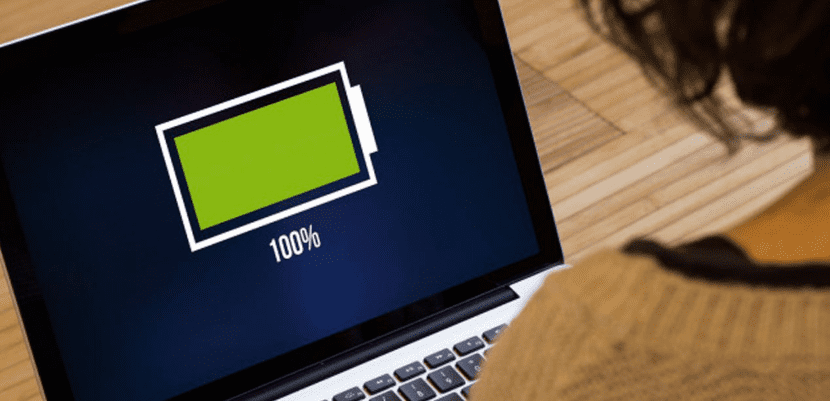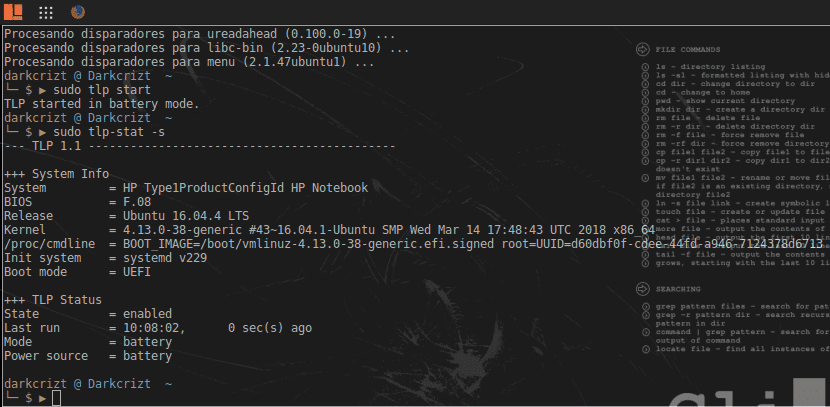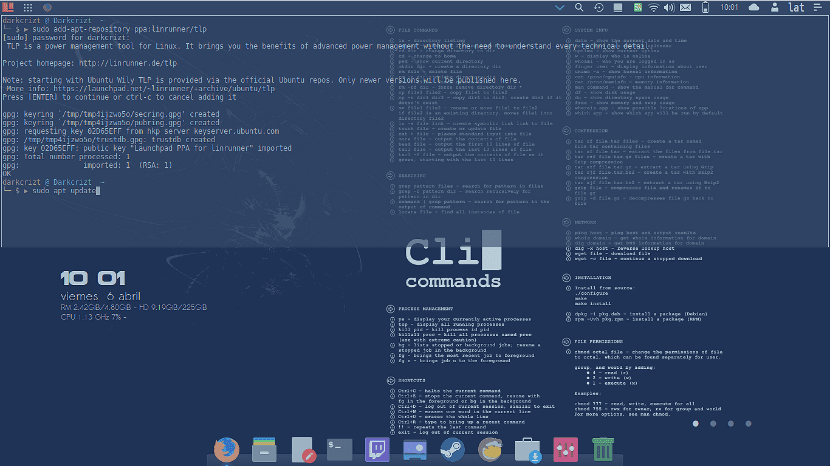
Nowadays the use of laptops has become more common, so desktops have started to get a bit crowded out, this is due to the use of smartphones and in this part they can't lie to me almost everyone uses them to check their social networks.
In this part computers are no longer used for these thingsHowever, for other types of tasks where the smartphone has not yet been adapted for the comfort of the user, as well as the power of these, computers are still necessary.
Regardless of the task you do with your computer, be it work, academic or simply to play on it, you use it for more than 10 minutes and that cannot be denied, from then on the time you can spend in front of it.
Now If you use a laptop, something you should take care of is the way you use it, Well, this influences a lot in the life that you can give to the battery of your equipment.
One of the first recommendations that even applies to any equipment that has a battery, is to avoid using it when you are charging it.
This in the first place is for safety, since there have been several cases where the equipment has exploded (smartphones) and the other is because in this way we shorten the useful life of the battery.
That is why I share with you a great tool that can be very useful to you, it is called BPD.
This tool allows us advanced energy management of our equipment for Linux, has a default setting.
The configuration is responsible for optimizing battery life, as well as managing it in the hardware of our equipment.
How to install TLP on Linux?

The installation of TLP in our equipment is carried out in the following way, We must first open a terminal and execute the following commands depending on the distribution we have.
Install TLP on Ubuntu and derivatives
In these distros we must add the following repository:
sudo add-apt-repository ppa:linrunner/tlp sudo apt-get update sudo apt-get install tlp tlp-rdw
Install TLP on Debian
For this system TLP is already added by default in the official repositories, but if you use Jessie or inferor you must add the following repository.
sudo nano /etc/apt/sources.list
And you add at the end:
deb http://ftp.debian.org/debian jessie-backports main
Save the changes with Ctrl + O, exit with Ctrl + X, update the list of repositories and install:
sudo apt-get update
sudo apt-get install tlp tlp-rdw
Install TLP on ArchLinux
In ArchLinux and derivatives, the package is found within the official repositories, we just have to install and upload the service to the system as follows:
sudo pacman -S tlp tlp-rdw systemctl enable tlp.service systemctl enable tlp-sleep.service systemctl enable NetworkManager-dispatcher.service
Install TLP on Fedora
In the same way as the previous ones, TLP is in the official Fedora repositories, to install it we just execute:
sudo dnf install tlp tlp-rdw
Install TLP in openSUSE
Finally, for openSUSE they install it with:
zypper install tlp tlp-rdw
How to use TLP in Linux?
It is best to restart your computers so that everything that TLP needs is loaded at system startup, but if not, you can run the service with:
sudo tlp start
To verify that everything is correct:
sudo tlp-stat -s
It should return something like this:

Here are the commands for using TLP:
View battery information
sudo tlp-stat --battery
Show settings
sudo tlp-stat --config
View disk data
sudo tlp-stat --disk
View PCI (e) device data
sudo tlp-stat -e
Show graphics card data
sudo tlp-stat --graphics
View processor data
sudo tlp-stat -p
View the status of the radio device
sudo tlp-stat --rfkill
Show system data
sudo tlp-stat --system
View temperatures and fan speed
sudo tlp-stat --temp
Show USB device data
sudo tlp-stat -u
See more data
sudo tlp-stat -v
Show warnings
sudo tlp-stat -w
Tlp on windows10?
Tlp caused my Lap to freeze.
Ubuntu LTS 18.04.1
Dell Inspiron 5565 (AMD A9)
I could not enter afterwards and I had to uninstall it from the terminal in the boot mode in Recovery mode
I hope the detail will serve